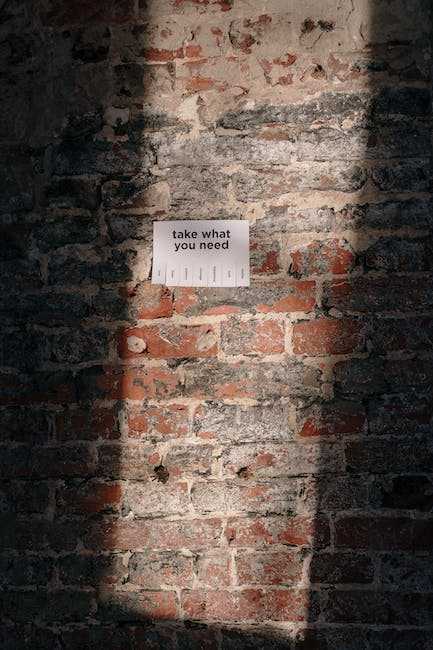
Contents
and Health
We don’t always think about ultraviolet (UV) rays when we’re heading outdoors, but understanding the differences between UVA and UVB rays is critical for us to stay healthy. In this post, we’ll be exploring the differences between UVA and UVB rays, what you need to know about them, and how they can affect your health.
UV Radiation: What is it?
UV radiation is the type of radiation we get from the sun. It is not visible to the human eye and is made up of UVA and UVB rays. Both UVA and UVB have wavelengths that can damage our skin, but each behaves differently and can have varying effects on our health.
UVA vs. UVB Rays
UVA rays are longer in wavelength than UVB rays, and they penetrate deeper into our skin’s layers. UVA rays are present throughout the day, all year round and are responsible for photoaging or skin aging caused by UV exposure. These rays can also cause sunburns and skin cancer.
UVB rays are shorter in wavelength than UVA rays, and they do not penetrate as deeply into our skin. UVB rays are most prevalent from 10 a.m. to 4 p.m. during spring and summer months and are the primary cause of sunburns, tanning, and skin cancer.
Medical Benefits of UV Radiation
UV radiation also offers a few medical benefits. Moderately exposed UVA and UVB rays can help boost our Vitamin D levels and improve overall health. UV radiation can also help treat certain skin conditions and can be used to treat acne and psoriasis.
The Harm of UV Radiation
Excessive UV radiation exposure can be harmful, and it increases our risk of getting skin cancer. UVA and UVB rays can also contribute to eye damage, premature aging, and sunburns. To help protect ourselves from these harmful rays, the US Surgeon General recommends using sunscreen with a sunscreen protection factor (SPF) of 30 or higher and wearing protective apparel, such as sunglasses and hats.
Preventing UV Damage: Tips and Tricks
Taking steps to reduce our UV radiation exposure can help us stay healthy and protect us from any negative effects. Here are a few tips and tricks on how we can reduce our UV radiation exposure:
Wear Sunscreen
Always wear sunscreen with an SPF of 30 or higher to protect your skin from UVA and UVB rays. Reapply sunscreen every two hours and right after swimming or sweating.
Avoid Peak Hours
Try to avoid peak hours of UV exposure, which is typically between 10 a.m. and 4 p.m. during spring and summer months.
Wear Protective Apparel
Wear hats, sunglasses, and long-sleeved shirts and pants to protect your skin and eyes from UVA and UVB rays.
The Bottom Line
When it comes to understanding the differences between UVA and UVB rays, it is important to take steps to protect ourselves from the harmful effects of UV radiation. By taking simple steps like wearing sunscreen, avoiding peak hours of exposure, and wearing protective apparel, we can protect our health and reduce our risk of skin cancer.
Keywords: UVA, UVB, Rays, Understand, Wavelength, Skin Cancer, Health, Sunscreen, Sun Protection, SPF, Apparel
